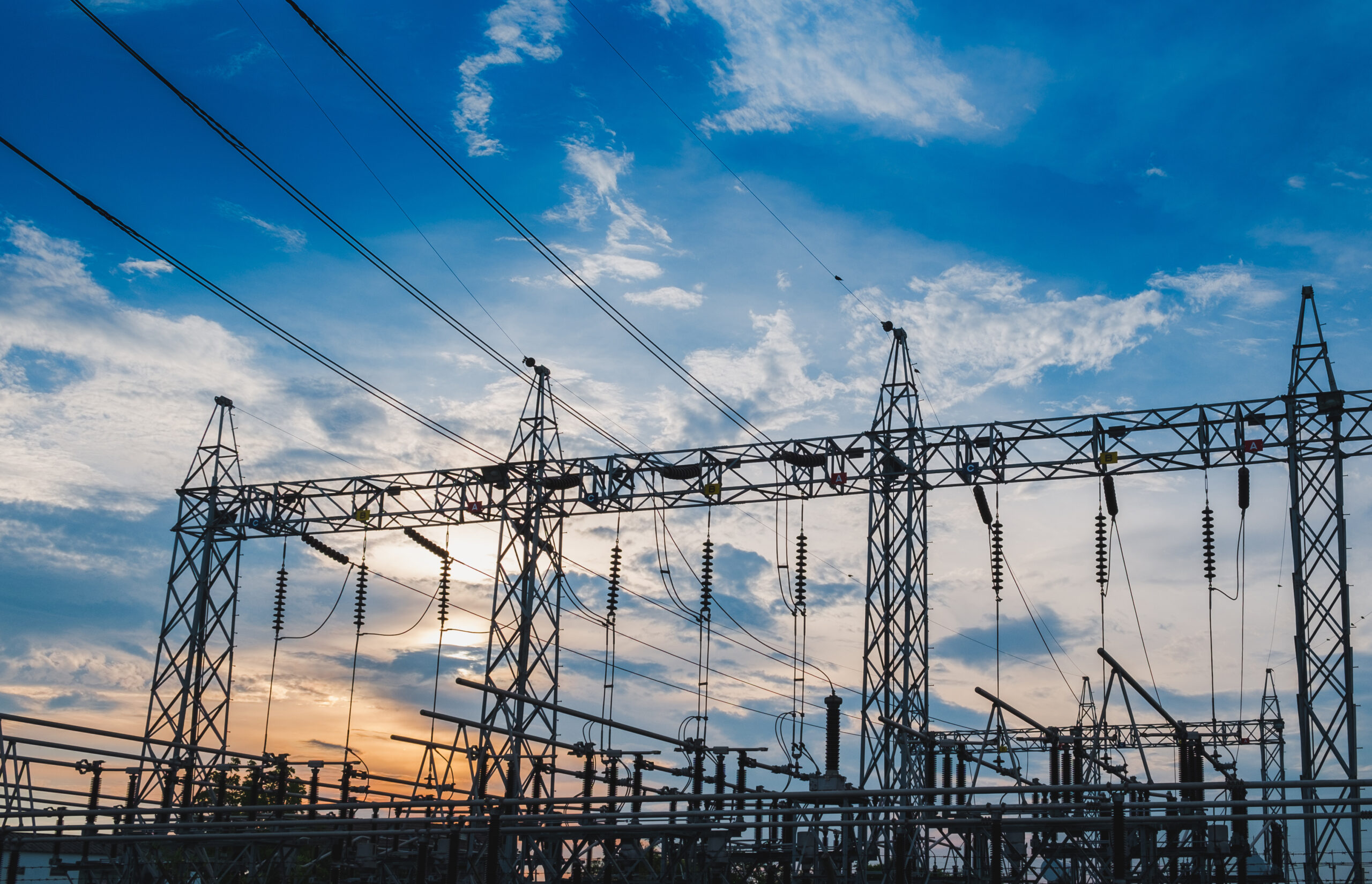Since March 2024, the natural gas market in the US has risen significantly, reacting to both domestic weather trends and geopolitical events. In March 2024, the average per unit price was $1.75. Now, looking at the July 2024 futures, the price has popped above $3.00, and is currently in the $2.80 range. LNG feed gas volumes have returned to peak export levels, particularly at the Freeport facility, the largest in the US.
During April and May 2024, natural gas futures reacted minimally to storage injections, with storage volumes being roughly 30% higher than at the same time in 2023. Production cuts began appearing in the weekly injection reports, leading to a slow decline in the storage surplus compared to last year.
By late May 2024, the market’s reaction became clearer. On May 31, 2024, a storage report showed a lower-than-expected injection, driven by increased natural gas demand in the Southwest due to early summer heat. Combined with lower production, down roughly 14% year-on-year, the market began to balance price versus demand. Historically, the gas market reacts hastily to weather-related news in late spring and early summer. This pattern includes volatile climbs and drops during brief cold periods in late November and early December.
Additionally, the storage surplus is weakening due to increased demand, which will impact the market in the upcoming months as heatwave-related demand rises. North American rig counts are just below 100, and with back-to-back weeks of lower-than-expected injections, the storage surplus has dropped by roughly 10%. This balancing of supply and demand should help alleviate the volatility in the quick jumps and falls mentioned earlier.
However, volatility persists due to geopolitical events. For example, there was a sudden drop in Norwegian natural gas supply to Europe in the first week of June. After a day, notices of the issue being resolved hit the wires, and the market balanced once again.
The gas market remains strong compared to historic prices and seems to be trending toward a bull market. Despite this, we have seen quick, volatile increases that normalize as we approach monthly settlement dates. We will continue to closely monitor the marketplace.












Connect With Us